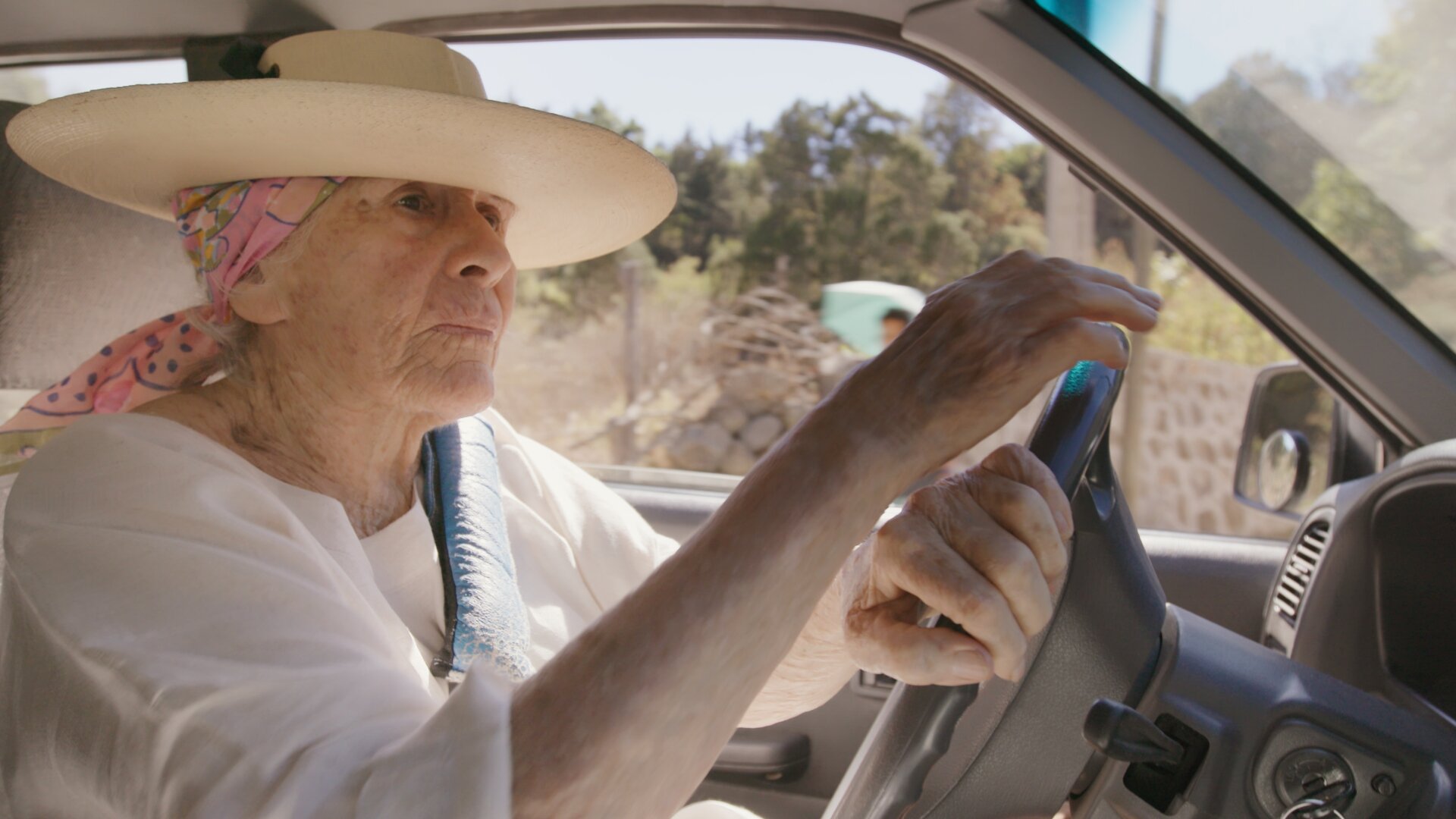Review: Amazing animation propels 'Marona's Fantastic Tale' beyond your standard dog story
In the Romanian-made, French-dubbed “Marona’s Fantastic Tale,” a simple story of a dog’s hard-luck life gets raised to beautiful levels by some of the most imaginative, colorful animation you’re likely to see anywhere.
We meet Marona, a black-and-white mongrel, at perhaps the worst time in her life — when she’s hit by a car in a busy street, comforted by her owner, a teen girl named Solange. Then, as it does in movies, Marona’s life flashes before her eyes.
First, she sees her parents, a strutting purebred father who had a one-time encounter with a lady mutt. Marona — not her name yet — was one of nine puppies, picked from the litter by her father’s owner. But that human quickly abandons the dog in a downtown trash can. That where she’s found by Manole, an acrobat who busks for tips in the day and entertains at a nightclub in the evenings.
The dog and Manole are close, but the animal soon sees that she must leave the performer to pursue his dreams. She winds up at a construction site, and is befriended by Istvan, a gentle giant who works as a security guard. Istvan is nice to the dog, but the same can’t be said for the women in his life: His senile mother, and his shallow wife. Marona escapes their grasp, and after more misadventures is discovered by a 10-year-old Solange.
The script — begun as a story by director Anca Damian and written by her son, Anghel — is right in the tradition of other dog’s-life stories, such as “A Dog’s Purpose” or “The Art of Racing in the Rain.” With the dog narrating (Lizzie Borcheré provides her voice in the French version), we get a dog’s perspective on cities, cars, food, shelter and every dog’s reason to exist: to keep their human happy.
Each stop on Marona’s episodic journey is rendered gorgeously by Anca Damian and her animators, with a kaleidoscope of styles and colors. The acrobat Manole is always depicted as a yellow figure with red stripes, a flurry of fluid motion in which the stripes have to catch up with his bendy yellow limbs. When Istvan’s mother sleeps, her face becomes an Etch-a-Sketch depicting her dreams, with her facial features returning only when her son wakes her. Each character is rendered with those kind of smart, inventive details, and when they interact, the results are explosive.
It may seem odd that the least expressive character in “Marona’s Fantastic Tale” is Marona herself, a simple black-and-white figure. But it soon becomes clear that Marona is the portal through which we, the viewers, see her world — and it’s an amazing world to behold.
——
‘Marona’s Fantastic Tale’
★★★1/2
Begins streaming for rental Friday, June 12, in virtual cinemas, including the Utah Film Center’s platform. Not rated, but probably PG for mild violence and mature themes. Running time: 92 minutes; in French, with subtitles.







